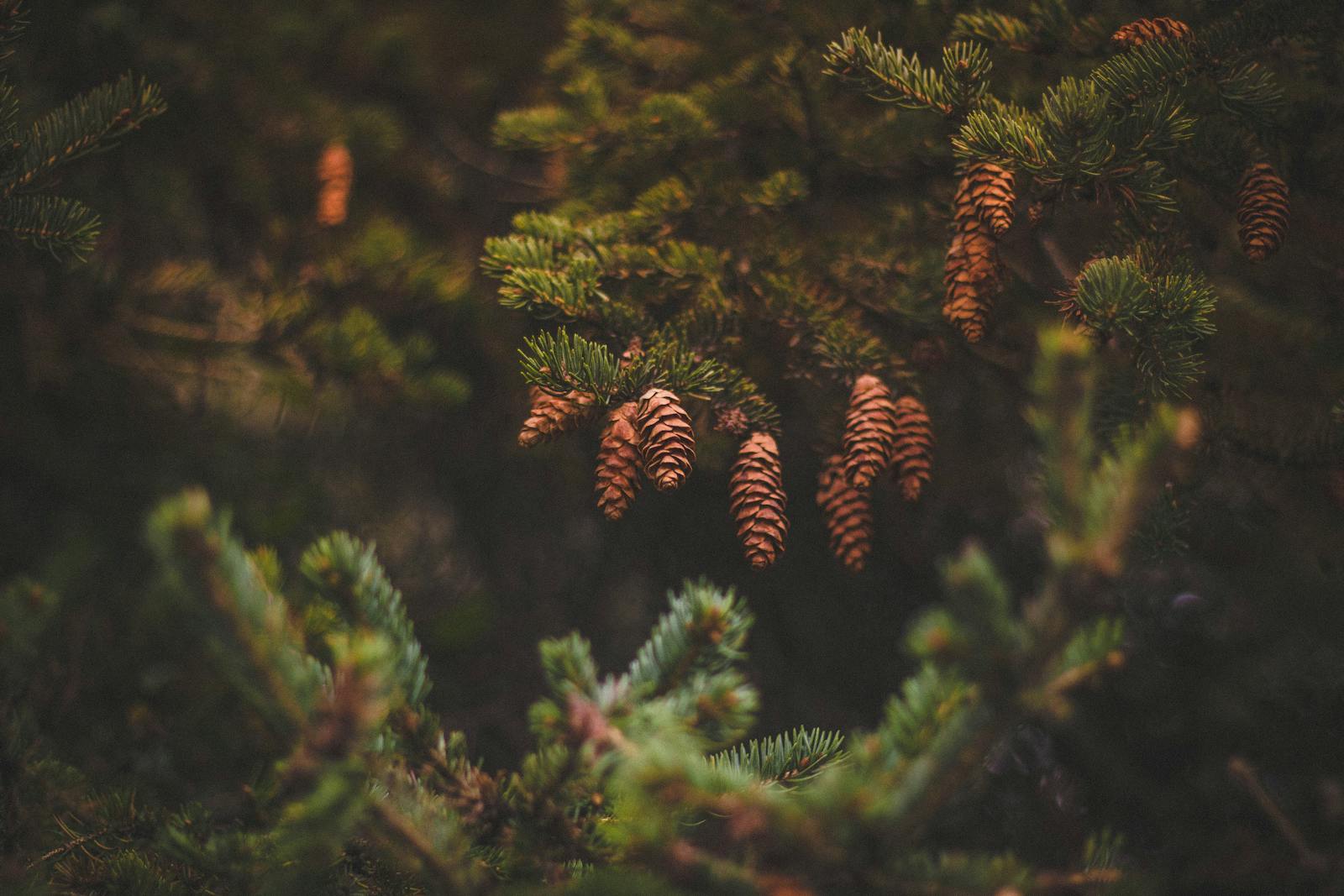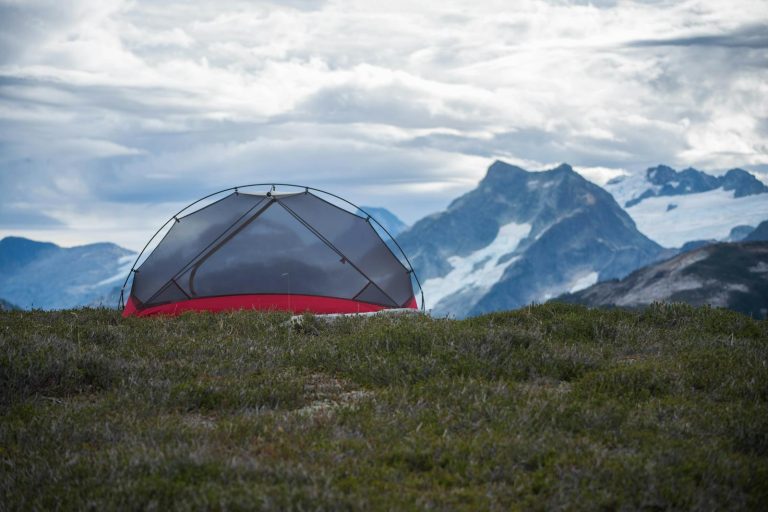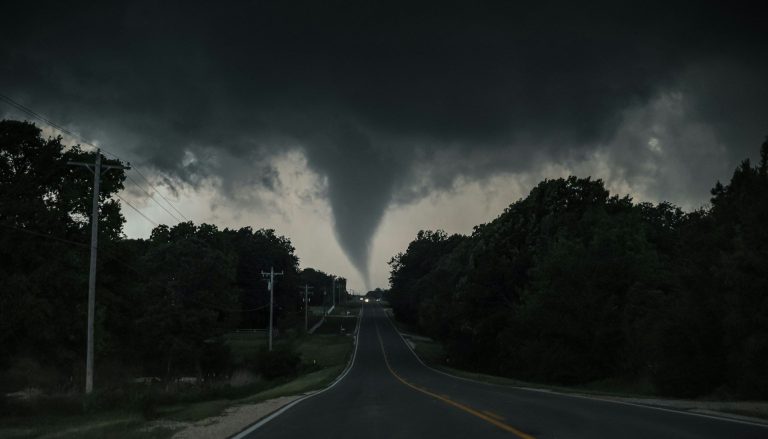When survival gets tough, it’s crucial to look at nature with fresh eyes. Pine trees, often overlooked as a food source, can provide essential nutrients to keep you alive in extreme situations.
Learning how to eat pine trees to survive isn’t about gnawing on bark—it’s about understanding what parts of the tree are edible. So we’re going to talk about how to prepare them, and why they can be a lifesaver when food is scarce.
What Makes Pine Trees Edible?
While the idea might sound strange, pine trees have components that are both safe to consume and nutritious. Their parts are packed with energy, vitamins, and survival-friendly properties, particularly during winter or in areas where other food sources are scarce. Key edible parts include:
- Inner Bark (Cambium): A starchy, nutrient-rich layer found beneath the rough outer bark.
- Needles: High in vitamin C, these can be brewed into a tea.
- Pine Nuts: Found in the cones of certain pine species, these are calorie-dense and flavorful.
Understanding these parts and how to process them is vital to making the most of this natural resource.
Harvesting and Preparing Pine Tree Food
The Inner Bark (Cambium): The cambium layer is your primary source of calories. Found between the rough outer bark and the hardwood, this layer is soft, moist, and slightly sweet.
- How to Harvest:
Use a knife or sharp tool to peel away the outer bark carefully. Expose the thin, whitish layer of cambium without damaging the tree unnecessarily. - How to Eat It:
- Raw: In a true survival situation, you can chew it raw for immediate energy.
- Cooked: Fry or roast thin strips over a fire for a more palatable texture. You can also dry it and grind it into a flour-like substance to mix with water and make a paste.
Pine Needles: Pine needles are a source of vitamin C, making them essential for preventing scurvy in prolonged survival scenarios.
- How to Harvest:
Pluck fresh, green needles from the branches. Avoid needles that are yellow or brown, as they may be less flavorful and lack nutrients. - How to Eat Them:
- Pine Needle Tea: Chop or crush the needles and steep them in boiling water for 10–15 minutes. Strain before drinking. The tea has a light, citrusy flavor and can help boost your immune system.
Pine Nuts: Not all pine trees produce edible pine nuts, but species like the Pinyon pine or Stone pine do. These nuts are calorie-rich and easy to carry, making them a perfect survival snack.
- How to Harvest:
Collect pine cones from the tree or ground. Open them to retrieve the seeds, which are often protected by a hard shell. - How to Eat Them:
- Raw or Roasted: Crack open the shells with a rock or pliers to access the nut inside. Roast them over a fire for a richer flavor.
Pine Tree Safety Tips
While most pine trees are safe, there are a few precautions to keep in mind:
- Avoid trees like Yew, which are toxic and can cause severe illness. Yew trees are often confused with pines but lack the familiar pine scent.
- Pregnant women should avoid consuming large amounts of pine needle tea, as it may induce miscarriage in high doses.
- Don’t over-harvest the cambium layer from a single tree, as this can kill it. Work sparingly and consider the tree’s health.
When and Why Pine Trees Can Save Your Life
Pine trees thrive in cold, barren environments where other food sources may be scarce. They can provide critical sustenance in forests, mountains, and even snow-covered areas. Their evergreen nature makes them a year-round resource, which is invaluable when stranded or in a survival scenario.
More than just an emergency food, pine trees symbolize resilience. They teach us how to adapt and find nourishment in unexpected places.
Final Thoughts
Learning how to eat pine trees to survive might not be part of your everyday meal plan, but in a life-or-death situation, it’s a skill that could save your life. Most people don’t realize pine trees offer anything nutritious for survival.
Knowing where to find edible parts and how to prepare them can turn a daunting wilderness challenge into a manageable experience. Survival is about more than just getting through the night—it’s about working with the environment to find the sustenance you need to thrive.




